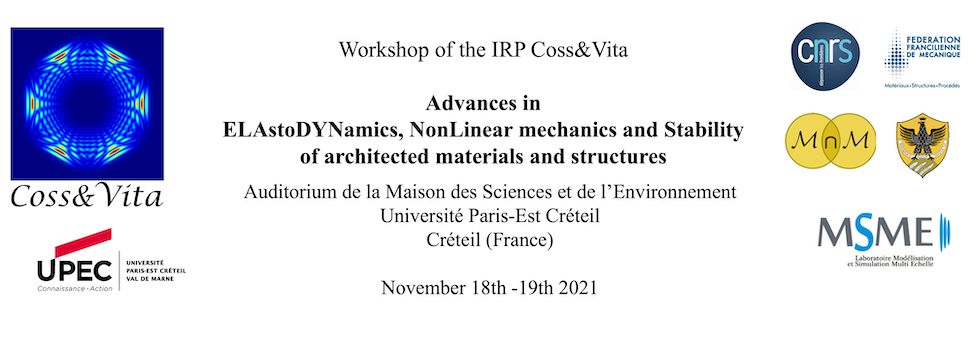We discuss a new model of surface elasticity based on a certain heuristic homogenization of inhomogeneous microstructured coatings. The motivation of these surface structures is at least twofold. The first relates to polymeric brushes. These coatings consist of a system long ordered polymeric chains. At the molecular level the interactions between chain links is described by Stockmayer potential, which is a generalization of the Lennard-Jones potential considering dipole-dipole interactions. The interest to modelling of coatings made polymeric brushes relates to recent developments in superhydrophobic and superoleophobic surfaces used for manufacturing of so-called self-cleaning and bactericide coatings. Another example of such coating is hyperbolic metasurfaces.
First we briefly recall discuss the structure of a coating. Then we present a continuum model with surface energy density. From the physical point of view this model corresponds to a coating made of a family of parallel long fibers which possess bending and extensional stiffness in one preferred direction only. Finally, with the use of the variational Lagrange principle we derive the equilibrium equations and the corresponding natural boundary conditions. The presented 2D model can be treated as a highly anisotropic 2D strain gradient elasticity. The surface strain energy contains both first and second derivatives of the surface field of displacements. So it represents a class of 2D models of the surface elasticity which is intermediate between the Gurtin-Murdoch and Steigmann-Ogden ones. Finally, we discuss the propagation of antiplane surface waves.
Eremeyev, V.A., 2020. Strongly anisotropic surface elasticity and antiplane surface waves. Philosophical Transactions of the Royal Society A, 378(2162).
- Poster

 PDF version
PDF version

